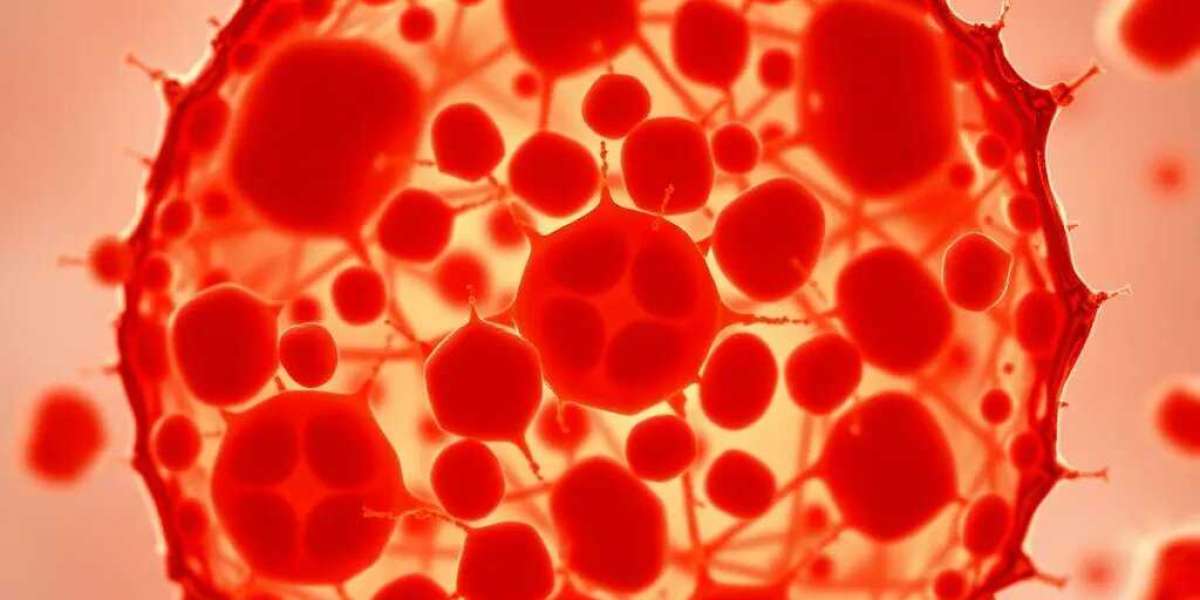Jurkat cells have been pivotal in dissecting the molecular mechanisms behind T-cell activation, cell signaling pathways, and autoimmune diseases. Additionally, their role in cancer research has provided valuable insights into the development of leukemia and lymphomas. This article delves into the background of Jurkat cells, their uses in scientific research, and their significance in understanding immune system diseases and cancer.
What Are Jurkat Cells?
Background and Origin
Jurkat cells are an immortalized human T-cell leukemia line that was originally derived from the peripheral blood of a 14-year-old boy diagnosed with T-cell leukemia. The cells were established in the early 1970s by Dr. Thomas J. Berg and his team at the National Institutes of Health (NIH). They are known for their ability to grow rapidly in culture, which allows for the long-term propagation and study of T-cell-related processes.
Unlike primary T-cells, which typically undergo apoptosis (cell death) after a few rounds of cell division, Jurkat cells are transformed to become "immortal." This feature makes them ideal for experiments that require repeated assays or long-term analysis of T-cell behavior.
Characteristics of Jurkat Cells
Jurkat cells are derived from the CD4+ T lymphocyte lineage and express several markers characteristic of T-cells. They are typically studied as a model for CD4+ T-cells—a type of immune cell that plays a critical role in coordinating immune responses.
Some of the key features of Jurkat cells include:
Immortalization: Due to their ability to proliferate indefinitely, Jurkat cells can be used for extended experiments, which would be impossible with primary T-cells.
T-cell Receptor (TCR) Signaling: Jurkat cells are responsive to stimulation of the T-cell receptor, making them an excellent model for studying TCR signaling pathways.
Genetic Modifiability: Their stable nature allows them to be genetically modified, enabling researchers to study the effects of gene expression, silencing, or editing on immune responses.
Chromosomal Stability: Jurkat cells maintain a consistent karyotype, which means that their genetic makeup remains relatively unchanged during prolonged culture.
Due to these features, Jurkat cells have become a go-to tool for studying the complexities of the immune system, specifically T-cell biology, signal transduction, and cancer immunology.
Applications of Jurkat Cells in Research
1. T-cell Signaling and Activation
One of the most important applications of Jurkat cells is in the study of T-cell activation and signaling pathways. T-cells play a central role in the adaptive immune response by recognizing and responding to pathogens or abnormal cells, such as cancer cells. However, T-cells require activation through the T-cell receptor (TCR) to initiate an immune response.
Jurkat cells serve as a model for investigating TCR-mediated signaling. They have been used to elucidate key signaling molecules involved in T-cell activation, such as the protein kinase C (PKC) family, phospholipase C-γ1 (PLC-γ1), and the mitogen-activated protein kinase (MAPK) pathways. Understanding these pathways is critical for identifying ways to enhance or suppress T-cell responses in various diseases.
Researchers can stimulate Jurkat cells with antibodies, cytokines, or other immune modulators to activate the TCR signaling cascade and analyze downstream molecular events. This information is essential for advancing immunotherapies that rely on T-cell activation, such as checkpoint inhibitors and CAR T-cell therapies.
2. Autoimmune Disease Research
Jurkat cells have been used extensively to model autoimmune diseases, where the immune system erroneously attacks the body’s own tissues. In conditions like rheumatoid arthritis, lupus, and multiple sclerosis, T-cells become dysregulated, causing inflammation and tissue damage.
By altering the signaling pathways in Jurkat cells, researchers can simulate autoimmune responses and investigate how the immune system goes awry. For example, the cells can be treated with autoantibodies or pro-inflammatory cytokines to mimic the conditions seen in autoimmune diseases. These models help scientists understand the molecular mechanisms that drive the immune system’s aberrant behavior and develop targeted treatments.
3. Cancer Research: Understanding Leukemia and Lymphoma
Jurkat cells, being derived from T-cell leukemia, are an invaluable tool for cancer research, especially in understanding hematologic malignancies such as leukemia and lymphoma. These cells exhibit many of the characteristics of leukemic T-cells, including uncontrolled proliferation and genetic mutations that drive cancer progression.
In leukemia research, Jurkat cells are used to study the effects of various chemotherapeutic agents, targeted therapies, and immunotherapies on T-cell cancer cells. The cells can be exposed to different drug candidates, and their responses—such as apoptosis (programmed cell death), cell cycle arrest, and DNA damage repair—can be analyzed. This helps identify promising new treatments and understand how these drugs interact with the immune system.
Jurkat cells have also been employed in drug resistance studies. By exposing them to chemotherapeutic agents over time, researchers can assess how cancer cells develop resistance mechanisms and work to overcome them.
4. Investigating Immune Checkpoints and Immunotherapy
Immunotherapy, particularly immune checkpoint inhibitors and engineered T-cell therapies like CAR T-cell therapy, has transformed cancer treatment. Jurkat cells are often used to explore how immune checkpoints, such as PD-1/PD-L1 or CTLA-4, regulate T-cell function. By genetically modifying Jurkat cells to express or block these checkpoint molecules, scientists can simulate the effects of immunotherapy drugs and assess their efficacy.
For example, Jurkat cells are used to investigate the role of checkpoint inhibitors in reactivating "exhausted" T-cells, which are typically suppressed in the tumor microenvironment. This helps guide the development of drugs that can restore T-cell function in cancer patients.
5. Gene Editing and CRISPR Technology
Another important application of Jurkat cells is in the field of genetic modification, specifically CRISPR-Cas9 gene editing. By using CRISPR technology, researchers can knock out specific genes in Jurkat cells to understand their role in T-cell activation, immune response, or cancer progression. This technique allows for precise manipulation of the genome, providing insights into how certain genes contribute to T-cell function and immune regulation.
In cancer research, CRISPR-modified Jurkat cells are used to study the impact of tumor-suppressor genes, oncogenes, and immune checkpoint molecules on T-cell behavior. This is vital for uncovering new targets for cancer immunotherapy.
Advancements at Cytion: Pushing the Boundaries of Immunology with Jurkat Cells
At Cytion, we recognize the critical role Jurkat cells play in immunological research and drug development. Our teams are working on a range of innovative applications using Jurkat cells, from exploring immune responses to cancer immunotherapy to advancing autoimmune disease treatments.
1. Immunotherapy Development
Cytion is actively involved in the development of next-generation immunotherapies, utilizing Jurkat cells to model and optimize T-cell-based treatments. For instance, our researchers are studying the synergy between immune checkpoint inhibitors and CAR T-cell therapies in Jurkat cell models to enhance the efficacy of cancer immunotherapy.
2. High-Throughput Screening and Drug Discovery
By leveraging high-throughput screening (HTS) techniques, Cytion is using Jurkat cells to rapidly assess the effects of novel compounds on T-cell signaling and immune responses. This enables us to discover new drug candidates for autoimmune diseases, cancer, and other immune-related disorders.
3. Precision Medicine and Personalized Therapeutics
Cytion is also working on personalized medicine approaches that involve modifying Jurkat cells to model specific patients' immune responses. This allows us to design customized therapies that are tailored to the genetic and immune profiles of individual patients, particularly in cancer immunotherapy.
Conclusion
Jurkat cells are a critical model system in the study of T-cell biology, immunology, cancer research, and gene therapy. Their versatility, genetic modifiability, and relevance to both immune system functioning and cancer progression have made them indispensable tools in research. By utilizing Jurkat cells, scientists can investigate the molecular mechanisms underlying immune diseases, explore novel immunotherapies, and develop cutting-edge cancer treatments.
At Cytion, we continue to push the boundaries of what is possible in immunology and cancer research, using Jurkat cells to accelerate breakthroughs that will shape the future of personalized medicine and targeted therapies. As we continue to expand our understanding of immune system function and cancer progression, Jurkat cells will remain at the heart of our research and innovations.














